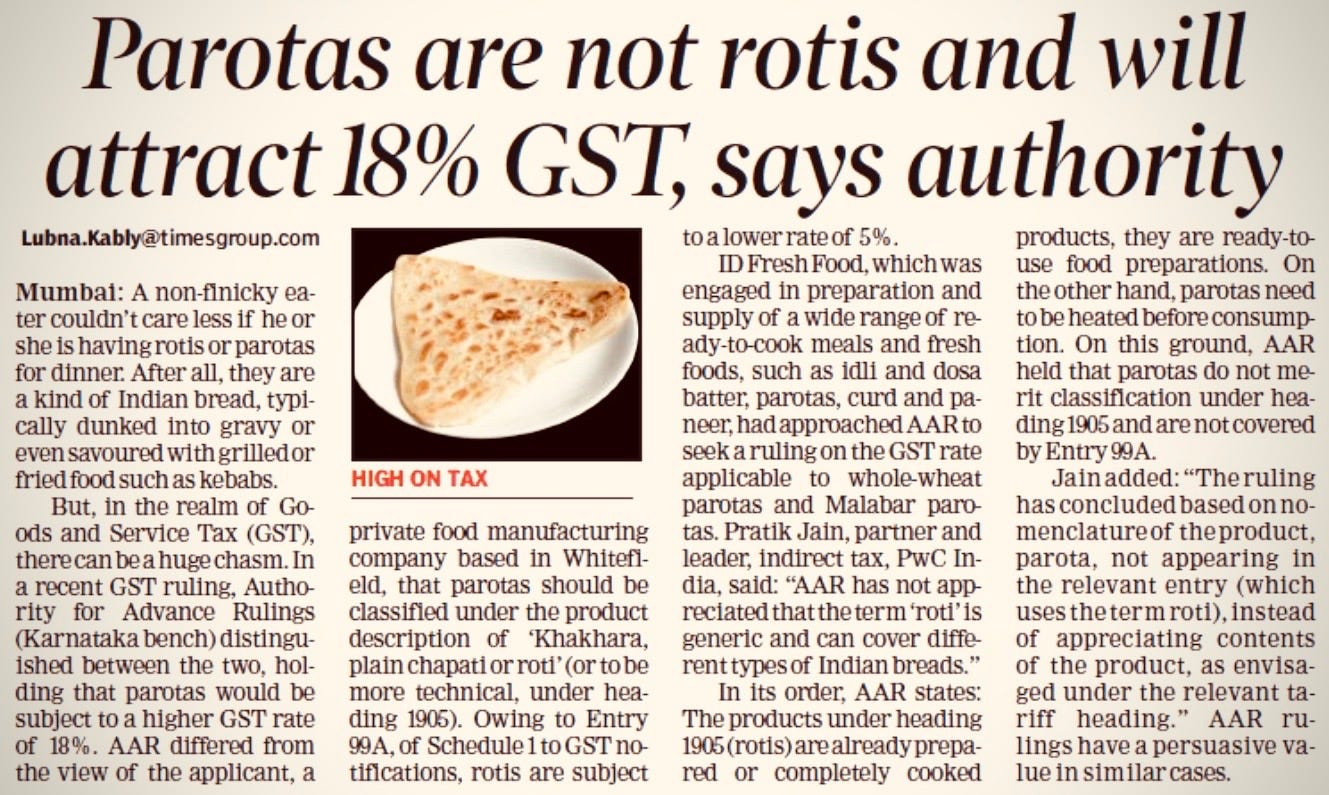
1 by 9: The Parota-Porsche paradox
Editor types who use words like gravitas may like to believe that the thinking classes are pondering about the pandemic all the time, but it’s roti and chapati that is on the palates of tweetiyas feigning to work from home in their shorts and lungis.
A deep dive in the #1 investigative journal The Times of India (above) about the Orwellian-sounding “Authority of Advance Rulings” invoking Entry 99A of Schedule 1 to impose 18% GST on parota has sparked such an intra-national kerfuffle that international scuffles with China and Nepal have been duly kneaded into ‘duh’.
A source from that pristine pure 22-carat firm PwC explains the grave miscarriage of justice: products under heading “1905” are ready-to-use. So while roti, chapati and khakra qualify for a lower 5% GST, parota (which has to be heated up) doesn’t.
Since a company called ID Batter, I and D presumably standing for Idli Dosa, filed the complaint, South Indian folk are understandably all aflutter.
@RantingDosa rants about the North-South divide. @drkouser_ wonders if the higher slab isn’t just a “masterstroke” to encourage eating at home, like so many master strokes in recent times.
The kadi-chawal set are asking the right questions. At this rate @ramesrivats wonders if naan and kulcha will attract 28% GST. Ditto, @Advaidism: “What's next? Appam and Pazhampori having 28% GST?”
For Arun Panicker, the parota paradox shines the mirror on ease of doing business. Bloomberg Opinion writer Andy Mukherjee weighs in: “The next burning question for tax authorities will be if plain paranthas served cold are rotis or parotas.”
Things are so hot that even Kerala Tourism is jumping in to use the hashtag #HandsOffPorotta which you will notice uses its own spelling.

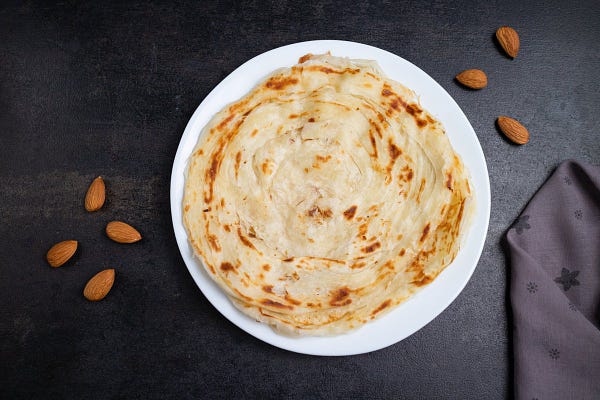
But it takes a lawyer who is “civil in the civil courts, criminal in the criminal courts and good company in the company courts” to separate the wheat from the maida.


2 by 9: All in the parivar
Like so much else, questions about PMCARES—the modest short form of the Prime Minister’s Citizen Assistance and Relief in Emergency Situations Fund, launched while hungry millions were trudging the landscape—have been brazened out by denial, deflection, stonewalling and worse.
But stellar work by Saket Gokhale, who describes himself as a “former foreign correspondent” and an “anti-fascist” on his Twitter handle, shows that a firm called “M/s SARC & Associates” owned by a Sunil Kumar Gupta, was appointed as auditors for PM CARES on April 23.
Gokhale tweets pictures of Sunil Gupta with Narendra Modi, Piyush Goyal, and Anurag Thakur, to suggest his proximity with the BJP and RSS. And as if that weren’t enough, Gokhale reveals today that Gupta was appointed auditor of the Prime Minister’s National Relief Fund (PMNRF) last year.

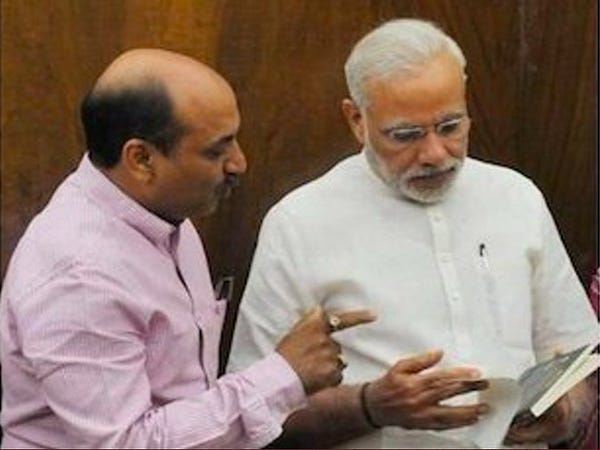
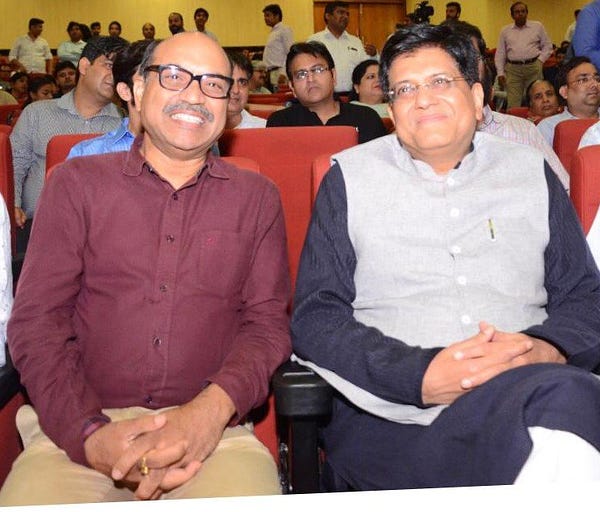
3 by 9: Twice upon a time
Forty five years ago today—i.e. when 82 per cent of India’s current population was still a sparkle in their parents’ eyes—the stage was set for the declaration of Emergency by the Congress government of Indira Gandhi.
The big difference is it was set by a still-functioning judiciary.

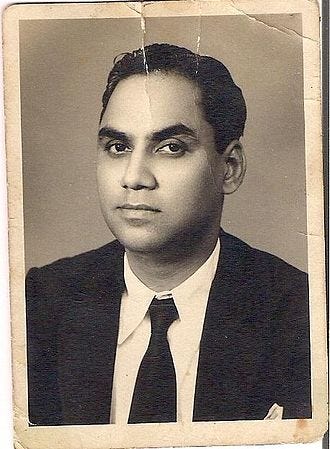
And how is are the courts faring today, six years after Arun Jaitley reassured the nation, rhetorically perhaps, that there was no chance of an Emergency again?
Vinod K. Jose of The Caravan magazine points out the day’s progress.

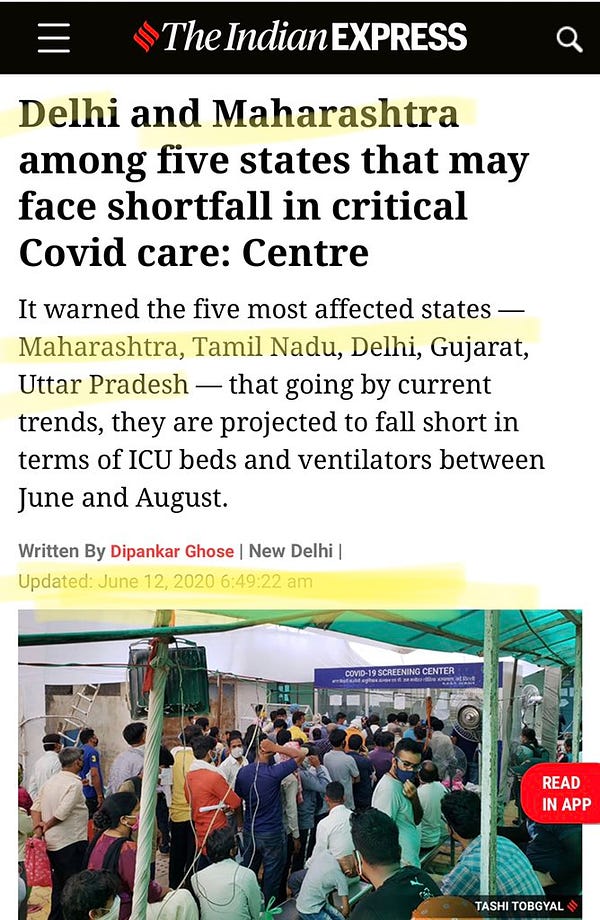
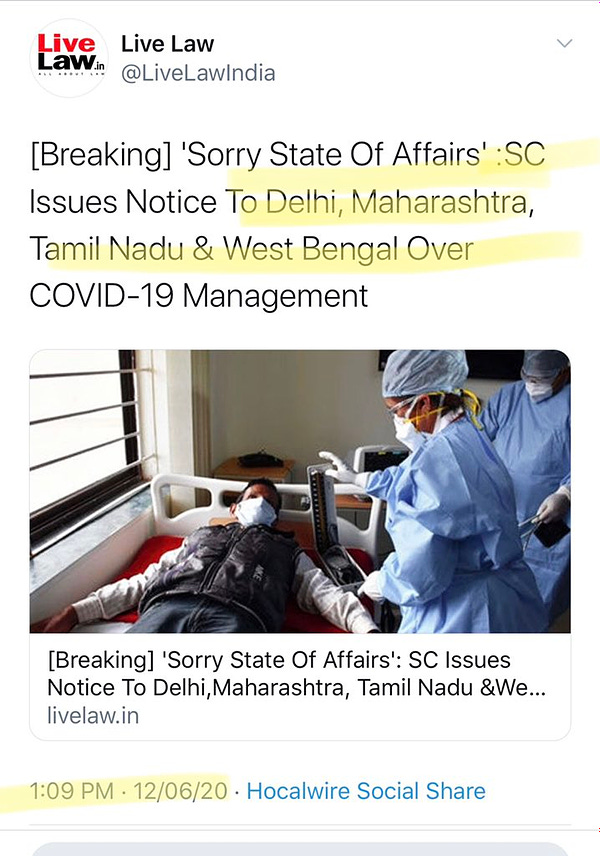
4 by 9: And the capital of Ghana is?
As India stares down the barrel, Prof Kaushik Basu, the former chief economic advisor to prime minister Manmohan Singh, who teaches at Cornell, gives his byte-sized wisdom on the “power of policy, luck and compound growth”.
In 1920, USA and Argentina were neck and neck in terms of GDP per capita.
In 1960, Ghana, India, China, Singapore and South Korea were in the same boat.
In 1985, USA and Japan were neck and neck.
In 1971, Bangladesh was way behind Pakistan.
And now in 2020, this is how the picture looks: India below Ghana.
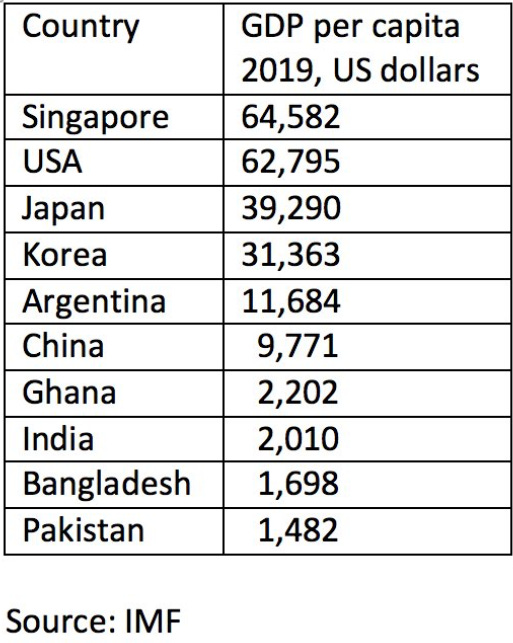
5 by 9: Still buffering
India may have been able to do precious little about China grabbing vital land but the soft war against TikTok occupying vital space in our phones continues.
On Google-owned YouTube, which stands to benefit the most from the tussle.
And this on the day the Niti Aayog genius whose graph showed India would have flattened the curve on May 16, says India’s COVID strategy is the same as China’s.
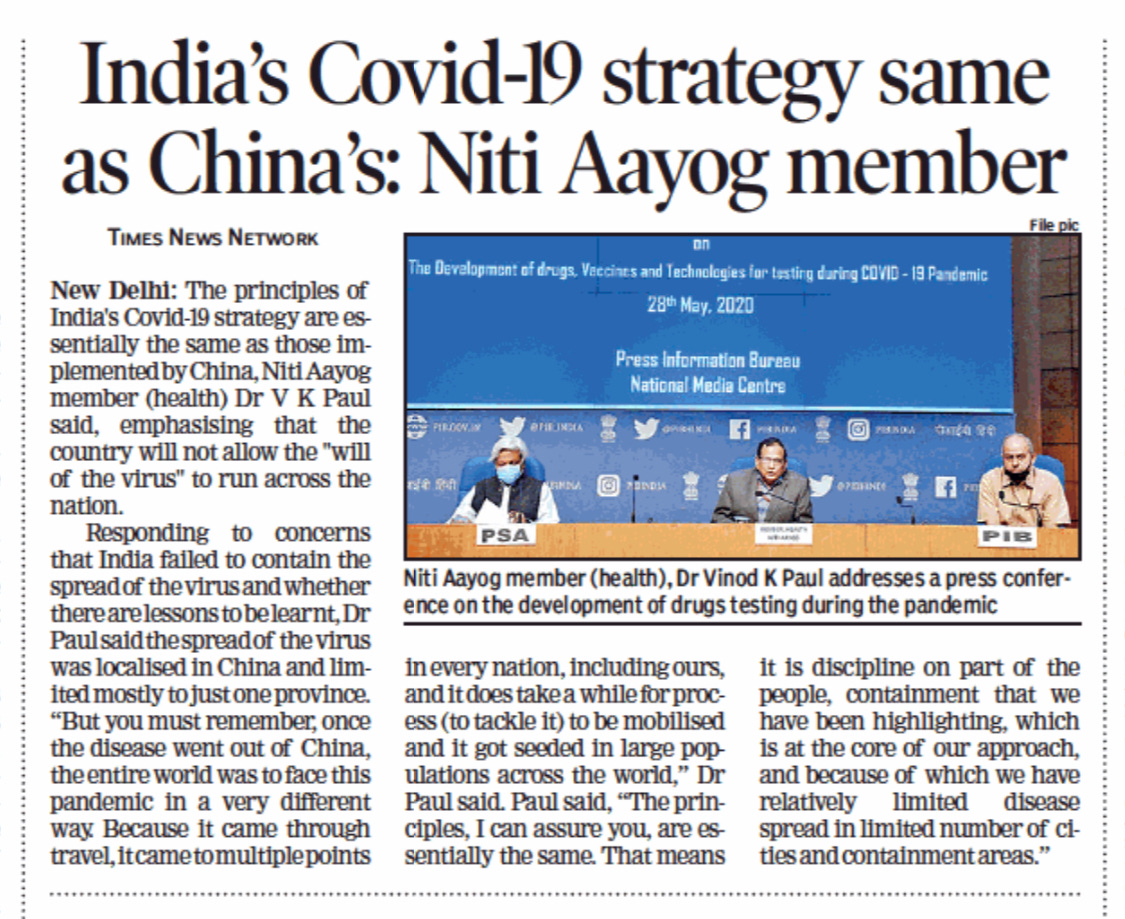
6 by 9: Brand wagon
How powerful is George Floyd, the American killed by police, as a symbol for racial and social justice across the world?
Answer: Very.
So much that Pakistan’s famed truck artists are using him as a motif.
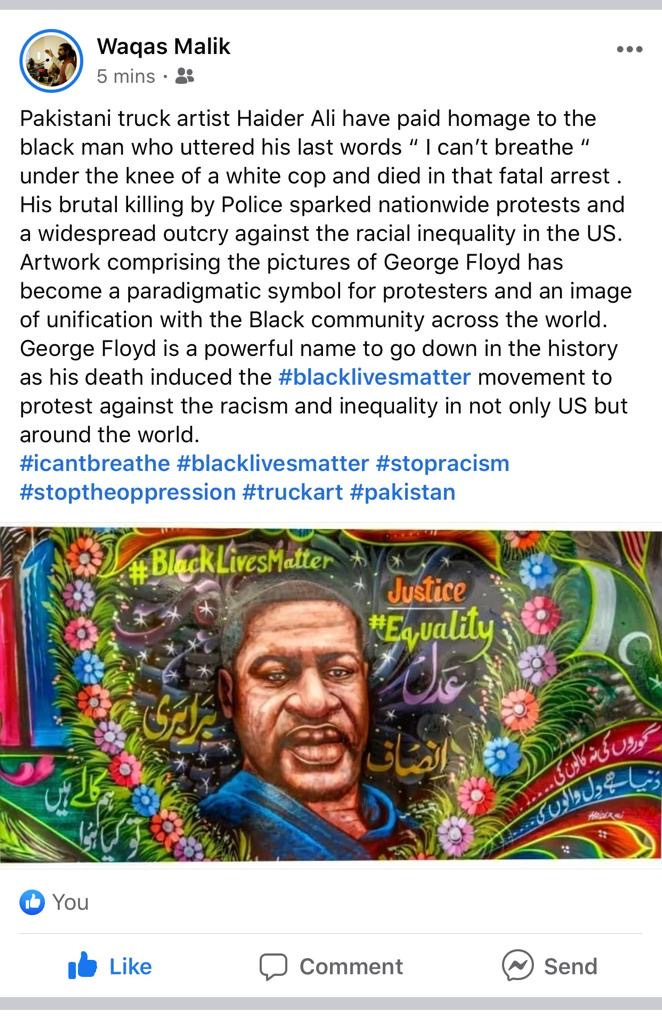
7 by 9: Up and down, and out
As the cycle brand Atlas shuts shop, The Old Drifter Allen Shaw produces this fine illustration of the burden, on Instagram.
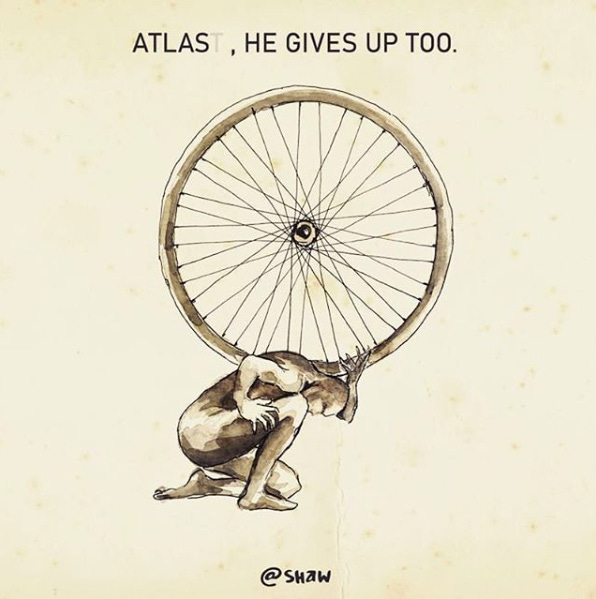
When they must have named the cycle after ATLAS they would not have imagined how this humble machine would actually be instrumental in lifting the world.
8 by 9: Virat Kohli can now retire


And, finally
Today I Learned
Marc Randolph, who co-founded Netflix, is the great grand-nephew of Sigmund Freud. On a different note, Freud’s great-grandson Matthew Freud was married to Rupert Murdoch daughter Elisabeth. Which means….
Like what you see? Show us some love. Don’t? Tell us why. Have a tip? Mail us.
Spread the word about The Net Paper, the world’s first social media newspaper.
We are back on Monday.




